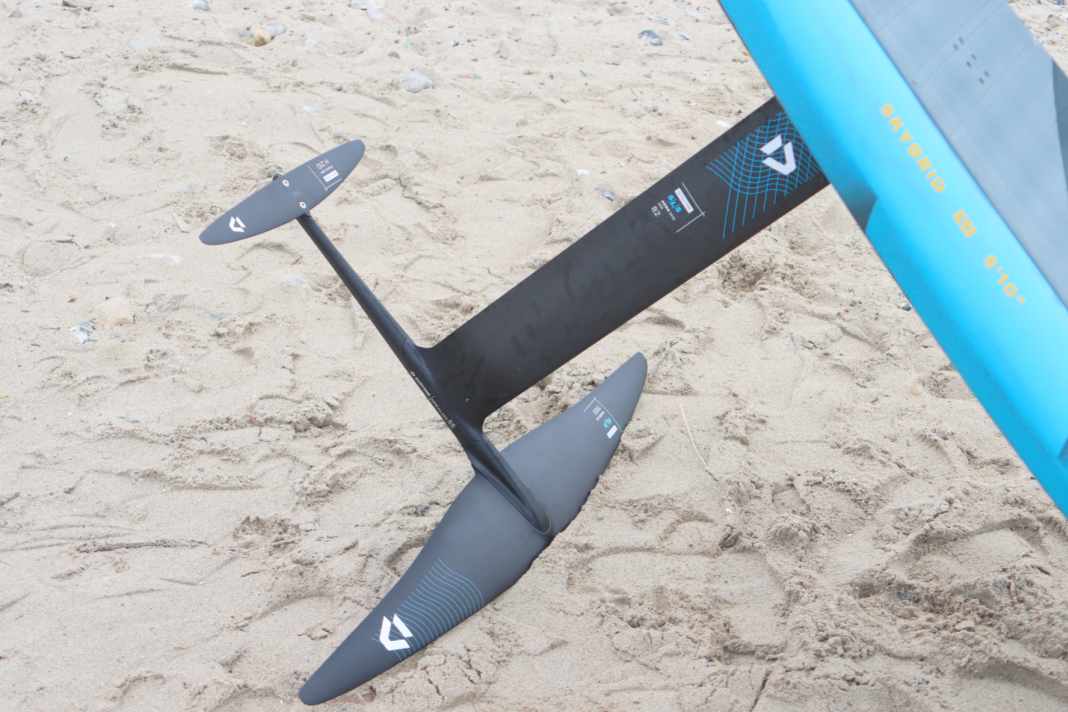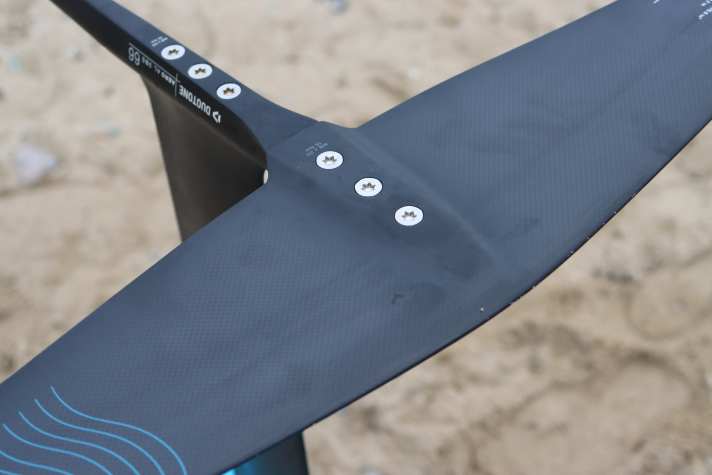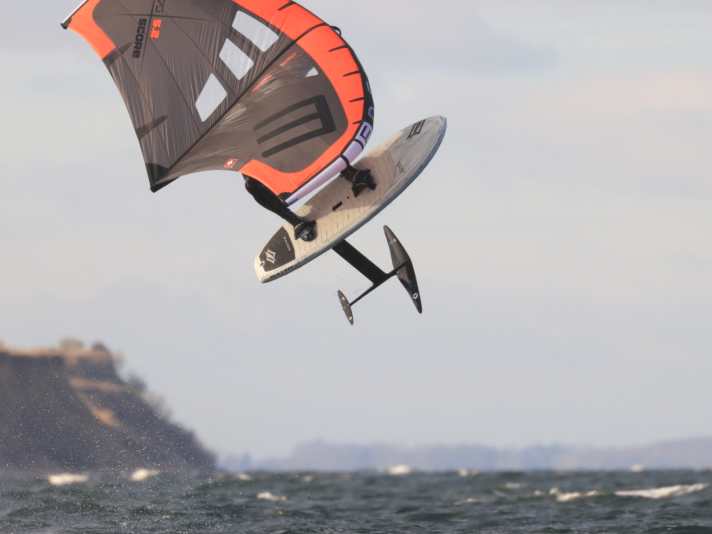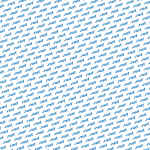





In addition to the Aero Carve model already tested (HERE is a test) Duotone also has the Glide 2.0 in its programme. This is designed to fly particularly efficiently with its greater wing aspect ratio. We were able to extensively test two sizes of the new foil - the 1100 and the 900 front wing.
On land
The Glide 2.0 wing is available in four sizes with a surface area of 750/900/1100 and 1350 cm2, while the stabilisers have a surface area of 165/185/210 and 235 cm2. Compared to the Aero Carve wing, the Glide 2.0 model has significantly more aspect ratio (10.2) and a slimmer profile. We have ridden the sizes 900 and 1100 with the corresponding stabilisers (H185 & H210) and a 66 Aero AL 3BS fuselage as well as the Aero SLS carbon mast. In this configuration, the sets cost 2297 and 2357 euros respectively. If you want it cheaper, you can supplement the wings with the Aero AL set, consisting of an aluminium mast and matching fuselage for 669 euros - the complete foil sets then only cost 1367 and 1427 euros respectively.
The wings are mounted on the fuselage using solid Torx screws, and the fitting accuracy of the components is exemplary. In addition, the screw lengths to be used are printed on site - this should prevent any confusion during assembly. The scope of delivery includes matching covers for the wings and the corresponding tools.

The connection between the fuselage and mast is also beyond reproach, with three thick bolts ensuring a tight fit. Even after longer sessions, the screws did not shake loose.
On the water
The two test sizes 900 and 1100 are quite different on the water: the 1100 offers a surprisingly harmonious takeoff without the foil sinking again - compared to other high-aspect foils in this class, the Duotone Glide 2.0 is extremely easy to launch. Once lifted off, the foil is well balanced in the air. Of course, you shouldn't expect the absolute easy-going feeling of a beginner's foil, but if you have some practice, you can stabilise the Glide 2.0 without any problems and make your turns with good control. The top speed is also absolutely impressive, sporty freeriders will get their money's worth here. We found the mixture of sufficient flight stability on the one hand, but still nice turning ability on the other, to be very successful. Regardless of whether you want to perform manoeuvres such as jibes or foil 360s on the water or make a few smooth turns in front of small swells - the Duotone Glide 2.0 is happy to do it all. Keyword "swell waves": This is where the foil really comes into its own, even knee- to waist-high swell in the Baltic Sea is enough to fly along with the wing in a neutral position - ideal for downwinders! The wing is less ideal for jumping due to its generous wingspan.

Many of the above impressions are also confirmed in the 900 size. As you would expect, you have to pump the foil a little more actively when starting off and you need a higher take-off speed to achieve a stable inflow of the foil. Flight stability is noticeably lower, but this is also largely due to the smaller stabiliser - the 900 requires significantly more experience and skill. On the other hand, the turns on the smaller wing are somewhat tighter. Provided you have the right pumping technique, the 900 is also fun on small Baltic waves, and the glide is really good for a wing of this size.
Duotone Glide 2.0 Foil - the conclusion
The Glide 2.0 Foil is perfect for all freeriders who are looking for a fast foil with good take-off behaviour and the best glide for riding swell waves. If you want to jump and freestyle a lot, you should definitely orientate yourself towards the less stretched Aero Carve (HERE is a test)This also offers significantly more manoeuvrability in real surf waves with thrust. For relaxed downwinders in moderate swell, however, there is hardly anything better than the Glide 2.0 wing.
Duotone Glide 2.0 - technical data
- Test product: Duotone Glide 2.0 SLS 1100
- Front wing area: 1100 cm2
- Front wing span: 106 cm
- Back wing area: 210 cm2
- Wingspan back wing: 41.7 cm
- Fuselage (aluminium): 66 cm
- Mast (carbon): 82 cm
- Test set price: 2357 Euro
- Weight set (own measurement): n.a. kg
- Scope of delivery: bag, cover, tool
- Special features: Set with aluminium mast for 1427 euros

